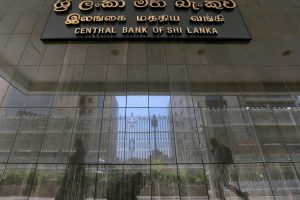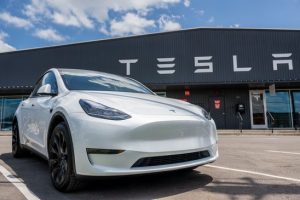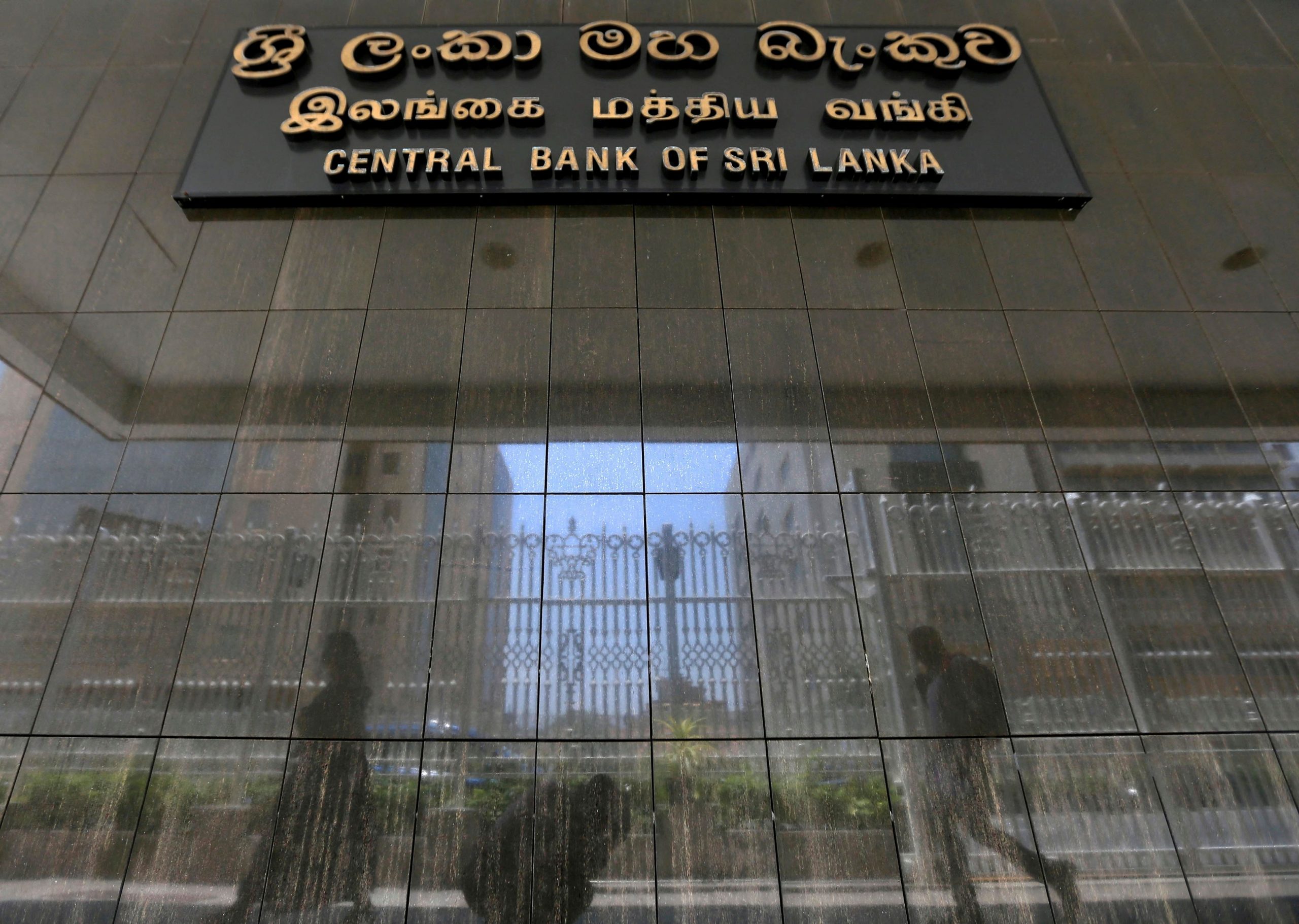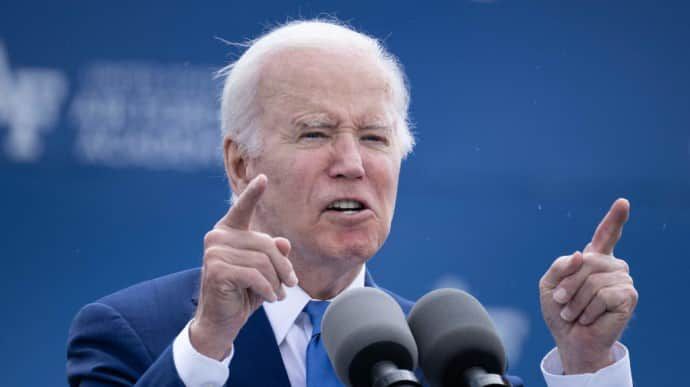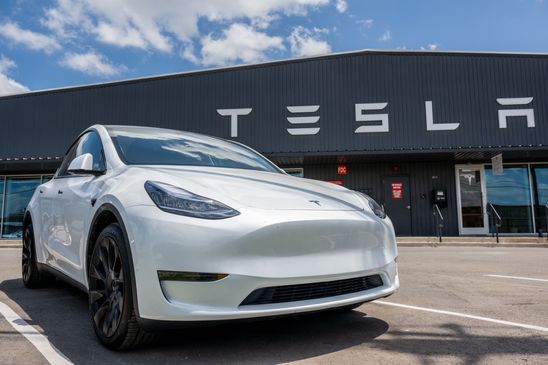The US economy is experiencing its fastest pace of growth since April 2022, according to the latest data from S&P Global. The flash US composite Purchasing Managers’ Index (PMI), which measures activity in both the services and manufacturing sectors, reached 54.5 in May, surpassing economists’ expectations of 53.0. This notable increase marks a 13-month high for the index and highlights the resilience of the US economy. However, the data also reveals a growing dichotomy between the services and manufacturing sectors, with services enjoying a surge in demand while manufacturers face challenges due to decreased orders and overflowing warehouses.
Services Sector Drives Growth:
The primary driver of the overall economic expansion in May was the services sector. S&P Global’s report showed that the services component of the index reached 55.1, up from 53.6 in April. Service sector companies, particularly those in the travel and leisure industry, are benefiting from a post-pandemic surge in demand. This growth is indicative of the increasing confidence and willingness of consumers to engage in service-related activities.
Manufacturing Sector Faces Challenges:
While the services sector thrives, the manufacturing sector experienced contraction in May, with the index dropping to 48.5, the lowest level in two months. Demand in the manufacturing sector weakened notably, as new orders saw their sharpest decline in three months, and overseas sales recorded the largest drop since May 2009 (excluding the initial pandemic-related downturn). Manufacturers are grappling with issues such as overfilled warehouses and a shift in consumer spending patterns, with individuals directing their expenditure more towards services than goods.
Labor Market Resilience:
Despite the divergent trends between services and manufacturing, S&P Global’s report indicates a robust labor market in both sectors. In the services sector, hiring reached a 10-month high in May, while the manufacturing sector experienced its strongest hiring since September 2022. These hiring trends align with the positive nonfarm payroll jobs data from April, which revealed the addition of 253,000 jobs and a decline in the unemployment rate to 3.4%, matching the lowest level in over five decades. The forthcoming jobs report for May will provide further insights into the strength of the labor market.
Implications for Monetary Policy:
The encouraging signals from the US economy present a potential dilemma for investors hoping for a softening of economic conditions that would prompt the Federal Reserve to pause its rate-hiking campaign. The Federal Reserve’s efforts to raise interest rates, which have already reached their highest levels since 2007, could be influenced by the robustness of the labor market and the continued strength in demand across sectors. While the acceleration in job growth and tightening labor market suggest economic strength, concerns about inflationary pressures arise due to the potential for further demand-driven inflation.

Conclusion:
The US economy is currently experiencing a period of accelerated growth, with the services sector leading the way. The latest data from S&P Global’s flash composite PMI indicates robust expansion, highlighting the resilience of the US economy. However, a divergence between the services and manufacturing sectors is evident, with services benefiting from increased post-pandemic demand while manufacturers face challenges such as reduced orders and excess inventory. The strong labor market adds to the overall positive outlook, but it also presents concerns about potential inflationary pressures. As the US economy continues to evolve, investors will closely monitor the Federal Reserve’s response and its impact on monetary policy.
